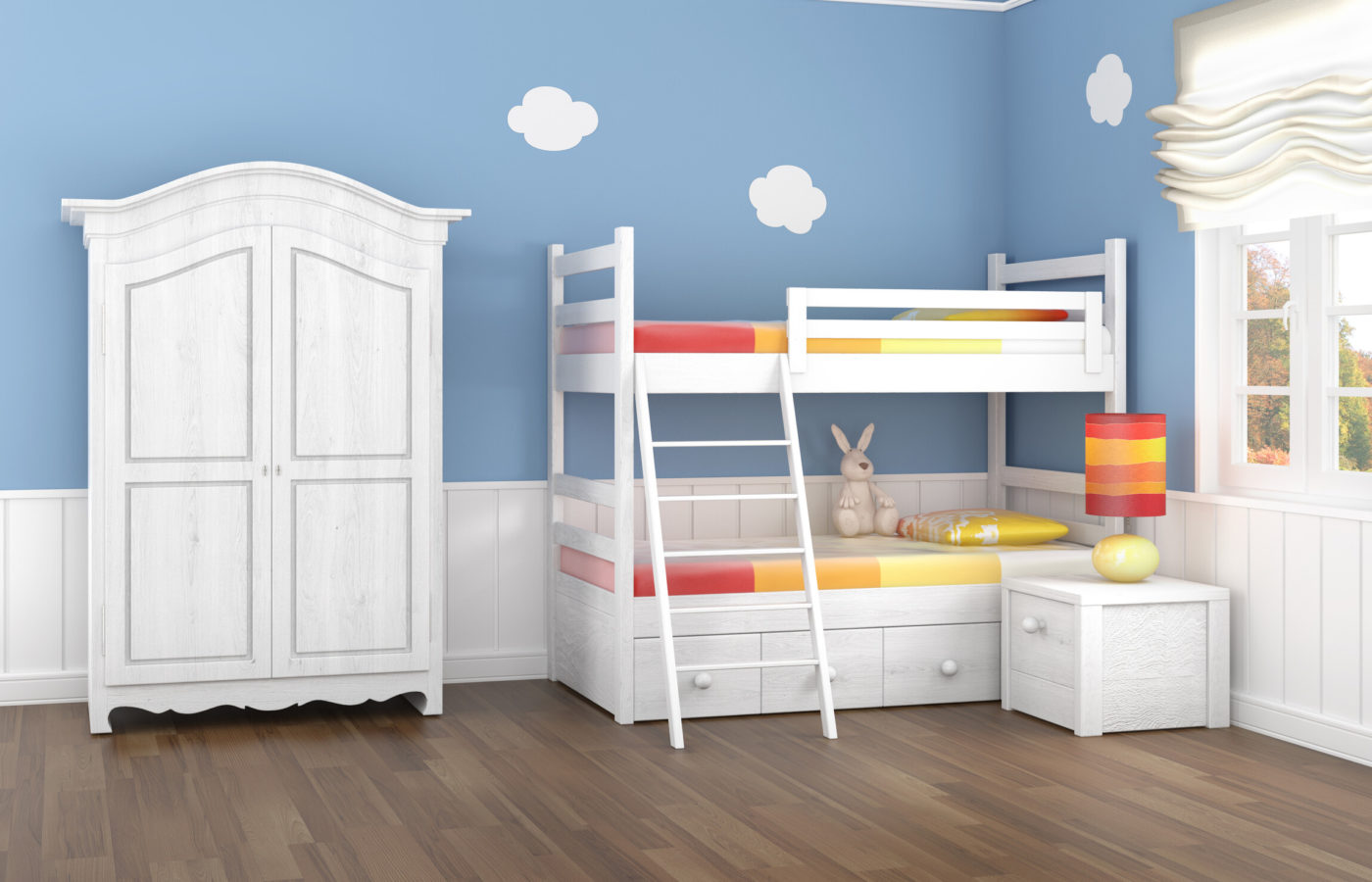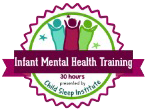Wayfair asked me to share some advice with their clients on how to transition a child to a toddler bed. Here is what I shared with Wayfair: 3 Tips Parents Need to Know When Transitioning to a Toddler Bed
Part of a toddler’s job is to assert a growing sense of independence—and that includes during bedtime, too. I recently worked with a family whose sweet little boy had a ball taking off all his clothes once he was in the crib. That led to a back-and-forth struggle, making bedtime frustrating for everyone. The best parenting comes from creative solutions and these parents were very clever—they cut the feet off the child’s footsie pajamas and put them on backward so he couldn’t reach the zipper. That same creativity is useful when making the transition from a crib to a toddler bed, especially because of how rascally toddlers can be at bedtime. Once the decision to transition from the crib to a toddler bed has been made, parents need to have a strategic plan. Here are three key things to consider before taking this big step:
1. Determine if it’s the right time for the transition.
If your toddler consistently vaults out of the crib like a mini-Simone Biles, or has been asking for a big kid bed like an older sibling has, then it may be time to dismantle the crib. Crawling out of a crib could be a safety issue, while a toddler voicing the desire for a new bed may indicate an emotional readiness for the change. Also, if a toddler is 3 feet tall, that’s the American Academy of Pediatrics benchmark for transitioning to a toddler bed.
But there are also signs that you may want to wait. Usually, toddlers under 30 months old aren’t developmentally ready for a big kid bed (30 months to 36 months seems to be a sweet spot for making the transition). Is your child stringing together longer sentences or drawing shapes? Then hold off on the toddler bed for a bit—developmental milestones such as these can be accompanied by temporary regression with an increase in night awakenings, making the switch to a toddler bed more challenging. Once toddlers are leveling out on this developmental leap you can revisit the question, “Is it time to make the switch?” Finally, it’s harder to find success during a time of change. It’s difficult enough for a toddler to adjust to the arrival of a baby sibling or the start of a new preschool without the added issue of trying to get used to a new bed. While you as a parent may be ready for your child to move into a toddler bed, always consider whether your child is also ready—if the answer is yes, it’s time to move to the next step.
2. Create a safe sleeping environment
The toddler bed may not be the only change you’ll make to your child’s room. Ideally, your child will sleep soundly in the new bed, but in case your little one gets up in the night—or just wakes up earlier than you—you’ll need to ensure the room is safe for your toddler to stay in unsupervised.
Look at the childproofing measures you’ve already taken in the room and determine if you need to make more. Are electrical sockets covered, heavy furniture secured to the walls, and wipes, baby cream, or other things that could be harmful if ingested stored away? Have you locked closet doors and ensured that any cords to blinds or curtains are tucked away? Some parents I’ve worked with have taken additional measures, such as using a baby gate to prevent their child from leaving the bedroom or putting the mattress on the floor.
Whether you start off with a mattress on the floor or in the bed itself, position it away from windows, heating elements such as radiators, draperies/blind cords, and lamps. The headboard needs to be flush against the wall, with plenty of space on both sides of the bed so your child can’t get stuck between the wall and the bed. And a rug beneath the bed can add an extra layer of cushioning for any middle-of-the-night tumbles out of bed. Safe sleep for your child means sound sleep for you.
3. Have a plan in place.
Ready to crack open “Goodnight Moon” and tuck your child into the new bed? Hang on a minute—a successful transition takes some planning to ensure your child doesn’t lose the good sleep habits you’ve spent time and energy instilling since your little one was a baby.
When working with my clients, I facilitate discussions to ensure that all caretakers are on the same page when it comes to the transition plan. Figure out who will take the lead on sleep coaching, and how the other parent can support that. What are the sleep goals? What will be part of the bedtime routine, and will there be a similar routine for naps if the child will snooze in the bed during the day? When do you want your child to wake up, and what will be the routine if you are still asleep? These, and other questions, are considerations when implementing the transition to the new bed; I have a thorough checklist on my blog Toddler Bed Considerations. I also offer many suggestions and sleep coaching methods in my new book I co-authored, “Loved to Sleep.”
So if those independent toddlers of yours are ready to show how grown up they are with a new bed, congratulations on reaching an exciting new stage of childhood. Just make sure they’re ready for it—and that they can’t tear off their pajamas, just in case.
Wayfair is a fantastic online store that has everything needed to decorate your child’s bedroom and your home. Check out Wayfair’s Ready, Set, Sleep: Tips on How to Get Toddlers to Bed
If you are looking for support on how to improve your baby’s sleep, twice a month Sleep Talking Tuesdays: FREE Q & A Sleep Support. On the Sugar Night Night calendar, you can find information when this Q & A will be offered next or you can request a 30-Minute phone consultation with Jen Varela.






Comments are closed.